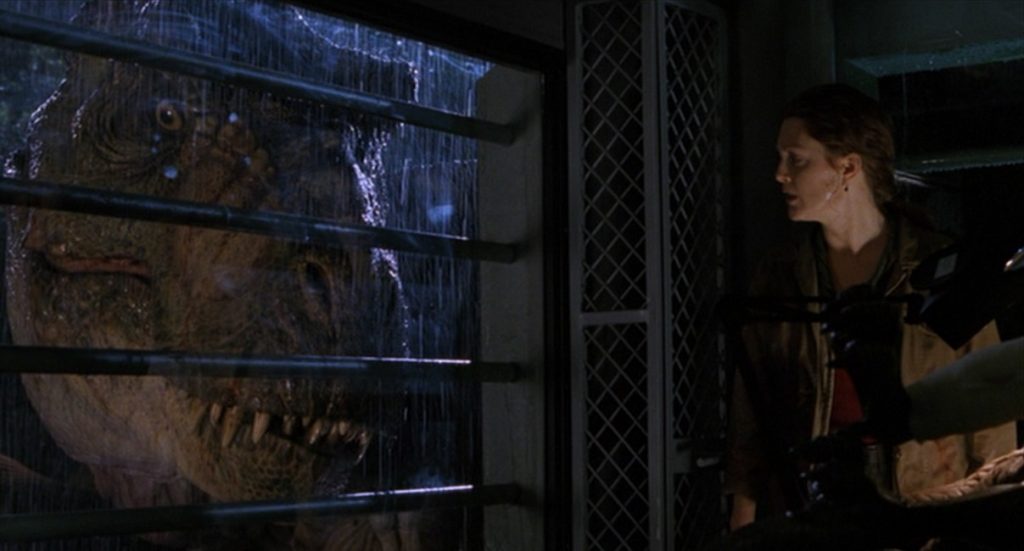


1930-31 – Ann Harding
Holiday
Ann Harding’s performance in Holiday was good, but maybe not as good as I wanted it to be. But I think the fault may have been in some of the writing, and not in the actress. Unfortunately, like it or not, the quality of the script has an effect on the category. The best actress in the world is never going to be nominated for a terribly written part, and conversely, a poor actress might be nominated for a brilliantly written character.
And while this isn’t the worst example of a lackluster character, it suffers from an absence of an arch or development. Harding played a woman who is like the black sheep of a wealthy family, simply because her ultimate happiness doesn’t revolve around money and the finer things in life. So she starts off as depressed and remains depressed for most of the movie. She falls in love with her sister’s unlikely fiancée despite the fact that he is low-born. She plays the part of a long suffering girl in love who, nevertheless, desires her sister’s happiness rather than her own. And that one trait remained with the character throughout the entire film. There was no arch, and that wasn’t Harding’s fault.
In the end, meaning in the last 5 minutes of the movie, when she learns that her sister doesn’t love the man, she does a quick turn-around, and runs off to be with him, knowing full well that it might mean a life without the money she’s been accustomed to all her life. It just drives home the main point of the film, which is that love is more important than money, and if you think otherwise, you are a materialistic snob. Ok, maybe I’m exaggerating a bit… but not much.
But all that isn’t to say her performance of the poorly written character was perfect. I’m not entirely sure I liked the way she delivered all her dialogue. It was like she was trying too hard to put both the aristocratic airs and affectations, and the character’s constant depression into her voice. The result was almost sing-song-ish, and melodramatic. There were times when it felt forced and false. It didn’t sound natural. Not all the time, mind you, but enough that it caught my attention. Strangely enough, though, I actually enjoyed watching the movie.















































